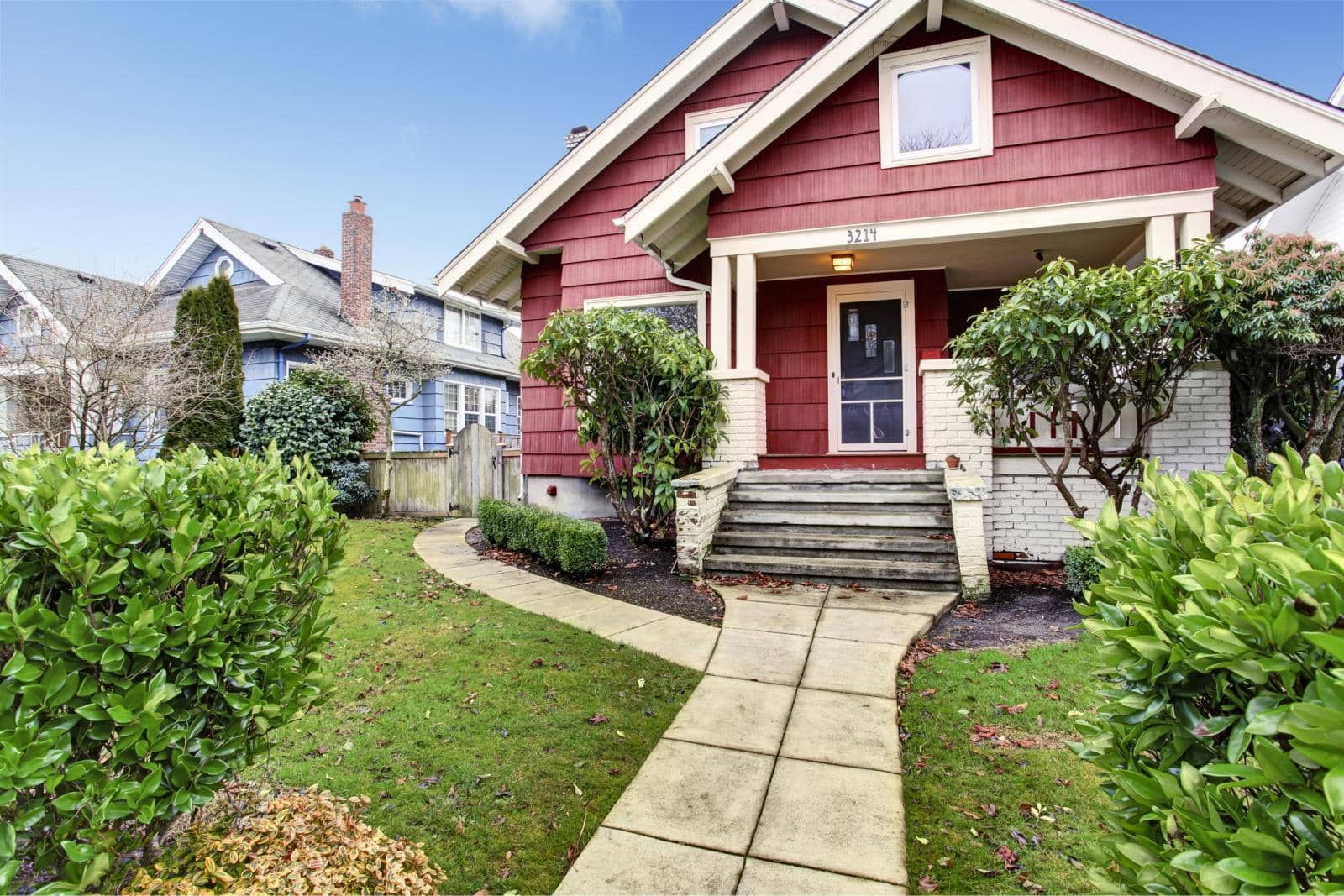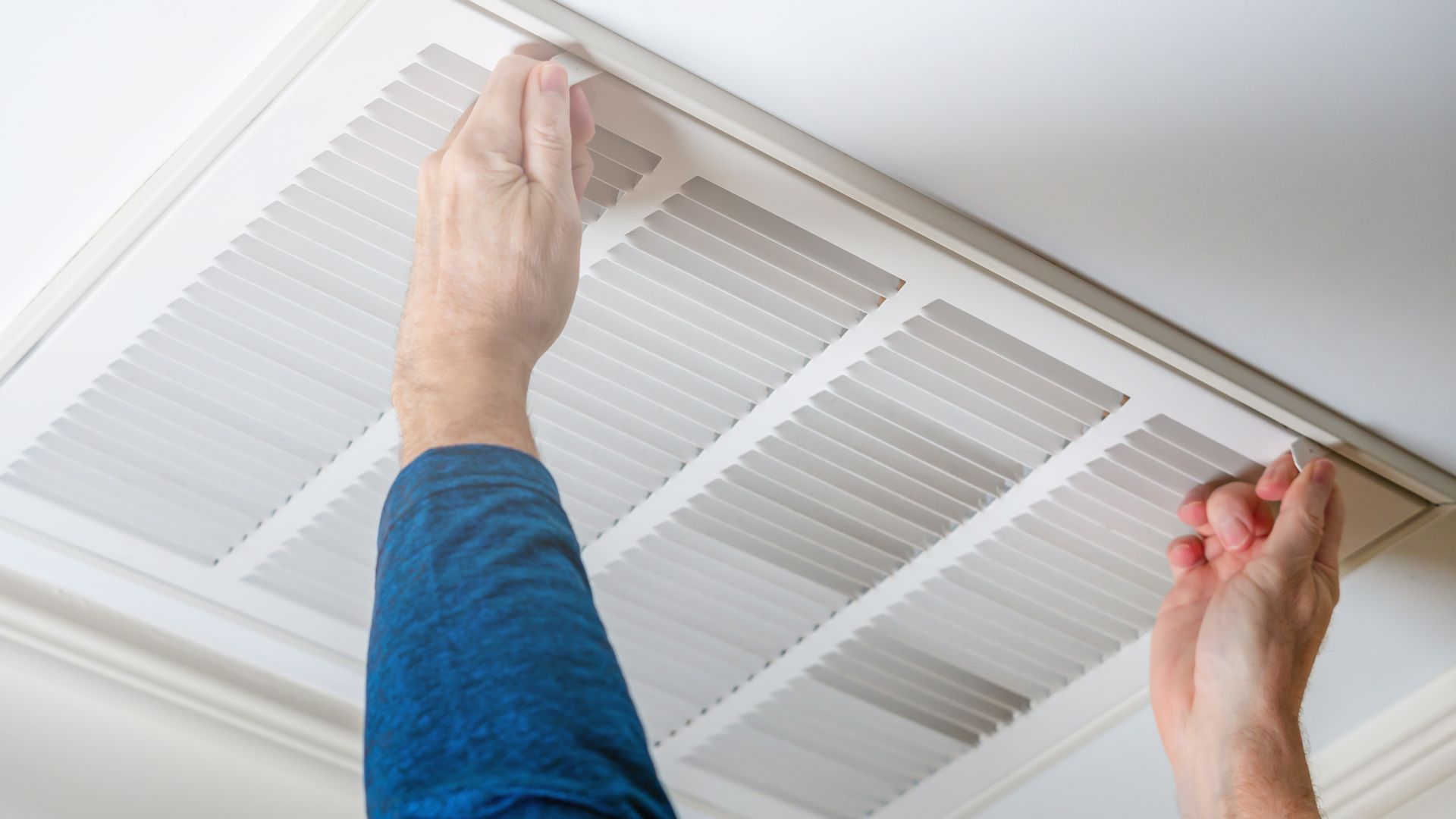1st Choice Heating and Air Conditioning

Buying an Older Home: HVAC Checklist
Trane has some great guidance on buying a system for an older home. Here are some of there suggestions for what to ask your inspector during your home evaluation.
When purchasing an older home, make sure the HVAC system is working properly.
HVAC Home Buying Checklist
1. Check the furnace
With any home purchase, make sure to have the furnace checked by a certified technician during the home inspection. Your technician should be able to tell you the condition of the older furnace, and let you know about any potential repairs or costs you could face in the near future.
With your realtor’s help, you may even be able to subtract all or part of the cost of the furnace from the seller’s asking price. If the existing furnace does pass inspection, have it rechecked annually. Be sure to keep your family safe by installing carbon monoxide detectors in your home.
2. Check the air conditioners
If your older home does not have an air conditioning system, you may be wondering how much it will cost to install a new central air conditioner. Your local Trane dealer can provide you with a quote including the cost of installation, labor and equipment.
Even if the home does have an existing central air conditioning system, you may still consider replacing it. Older air conditioners are usually less efficient than newer models, and replacing old systems could result in significant energy savings over the life of the system. Check out our products to compare the energy efficiency of different models.
3. Check the ductwork
Keep in mind that some older homes have electric or steam radiant heat. If that’s the case, and your home has no ductwork, you have two options:
- Ductwork can be installed throughout your home. While this can be an invasive and expensive option, you can work with your contractor to minimize the ductwork visibility, while still efficiently moving air to all parts of the house.
- You may also opt for a ductless system. As the name suggests, these systems do not require ducts, but rather run small refrigerant and drainage lines from an outdoor unit to one or more indoor units.

